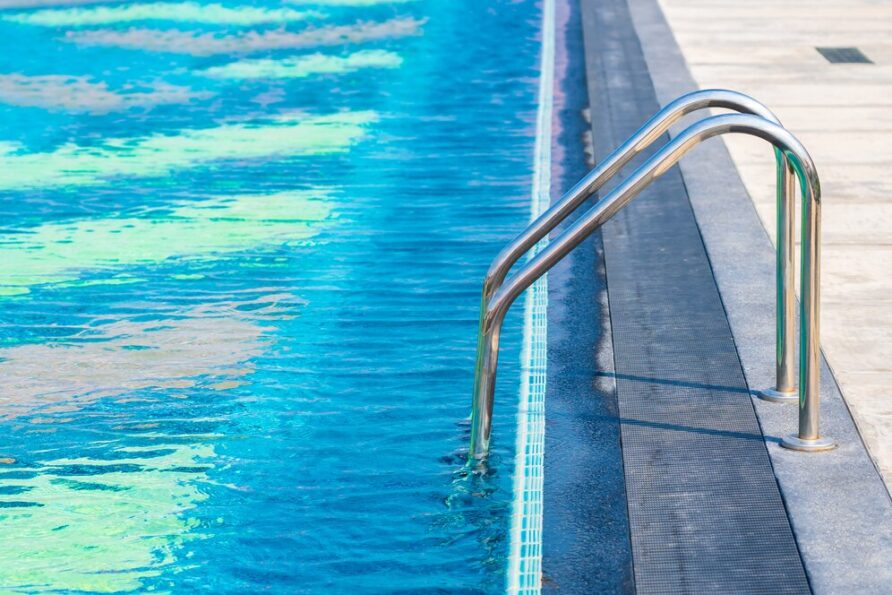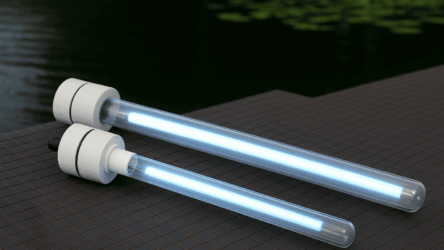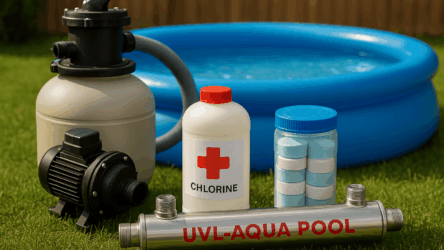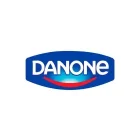Ultraviolet disinfection has become one of the most trusted methods for ensuring clean and safe swimming pool water, thanks to its effectiveness and minimal impact on human health. Strict regulations governing pool operations and water quality require that all chemicals and materials used in pool maintenance meet rigorous sanitary standards. Compliance with these standards is essential for pool operators to ensure the safety and well-being of swimmers.
When designing or installing a swimming pool, it is important to consider specific sanitary and environmental guidelines. For example, pools should be located away from potential sources of contamination, such as industrial zones or waste disposal areas. Additionally, proper landscaping and ventilation are crucial to creating a healthy and aesthetically pleasing environment around the pool area, which is particularly important in regions with hot climates.
A high-quality UV sterilization system should effectively eliminate harmful microorganisms while reducing the need for excessive chemical treatments. Overuse of chemicals can disrupt water quality and negatively affect air quality, especially in indoor or semi-enclosed pool spaces. To maintain optimal hygiene, users should be encouraged to shower and use footbaths before entering the pool. These simple measures can significantly reduce the risk of introducing contaminants into the water.
When selecting a UV sterilizer, it is essential to evaluate both its technical specifications and its ability to meet stringent regulatory requirements. Key factors to consider include the system’s UV dosage capacity, energy efficiency, and ease of maintenance. The right UV system not only ensures compliance with health and safety standards but also enhances the swimming experience by providing clear, pathogen-free water.
| Children's (up to 7 years old) | Children's (7 years old and up) | Recre- recreational | Adult (sports) | Home (outdoor) | |
| Treatment time for total water volume: | 0,5 h | 2 h | 6 h | 8 h | 8 h |
| Model name | volume (m3) | volume (m3) | volume (m3) | volume (m3) | volume (m3) |
| UVL-Aqua 8 | 0,6 | 1,8 | 2,4 | 2,4 | |
| UVL-Aqua 15 | 0,3 | 1,2 | 3,6 | 4,8 | 4,8 |
| UVL-Aqua 20 | 0,7 | 2,8 | 8,4 | 11,2 | 11,2 |
| UVL-Aqua 28 | 0,9 | 3,6 | 10,8 | 14,4 | 14,4 |
| UVL-Aqua 40 | 1,35 | 5,4 | 16,2 | 21,6 | 21,6 |
| UVL-Aqua 80 | 2,5 | 10 | 30 | 40 | 40 |
| UVL-Aqua 120 | 4,5 | 18 | 54 | 72 | 72 |
| UVL-Aqua 130 | 5 | 20 | 60 | 80 | 80 |
| UVL-Aqua 180 | 7 | 28 | 84 | 112 | 112 |
| UVL-Aqua 245 | 8,5 | 34 | 102 | 136 | 136 |
| UVL-Aqua 320 | 12,5 | 50 | 150 | 200 | 200 |
| UVL-Aqua 500 | 25 | 100 | 300 | 400 | 400 |
| UVL-Aqua 600 | 32,5 | 130 | 390 | 520 | 520 |
| UVL-Aqua 700 | 37,5 | 150 | 450 | 600 | 600 |
| UVL-Aqua 800 | 42,5 | 170 | 510 | 680 | 680 |
By combining advanced technology with adherence to strict sanitary norms, pool owners can create a safe, comfortable, and enjoyable environment for all users. This approach minimizes risks and promotes sustainable pool management, even in challenging climatic conditions.







